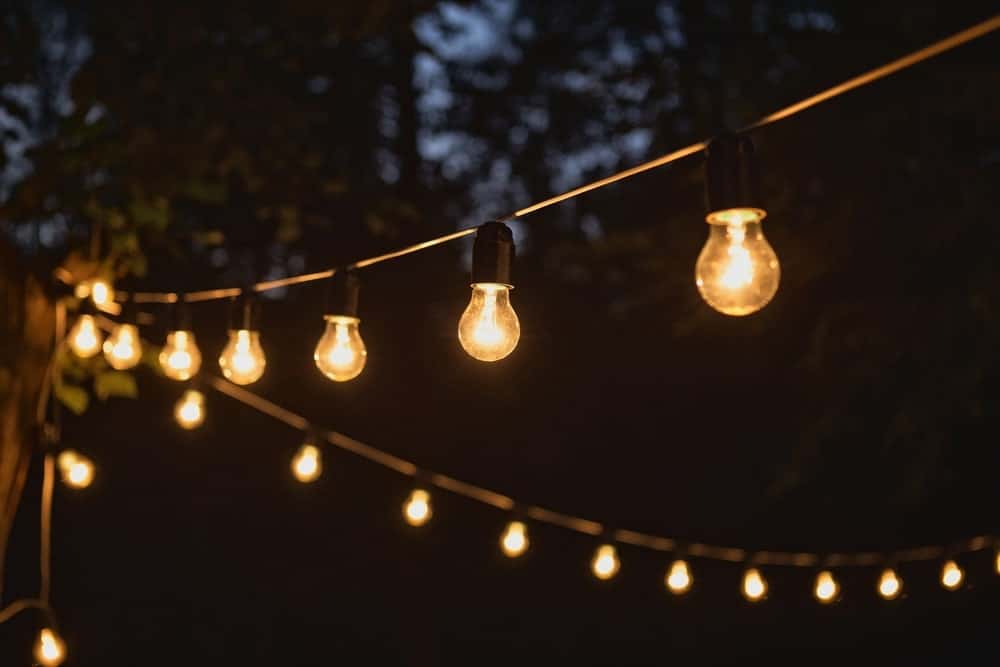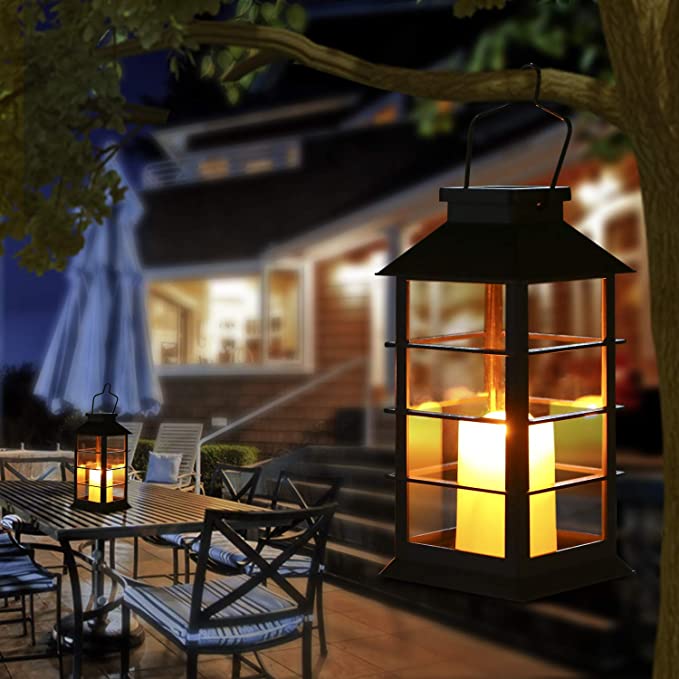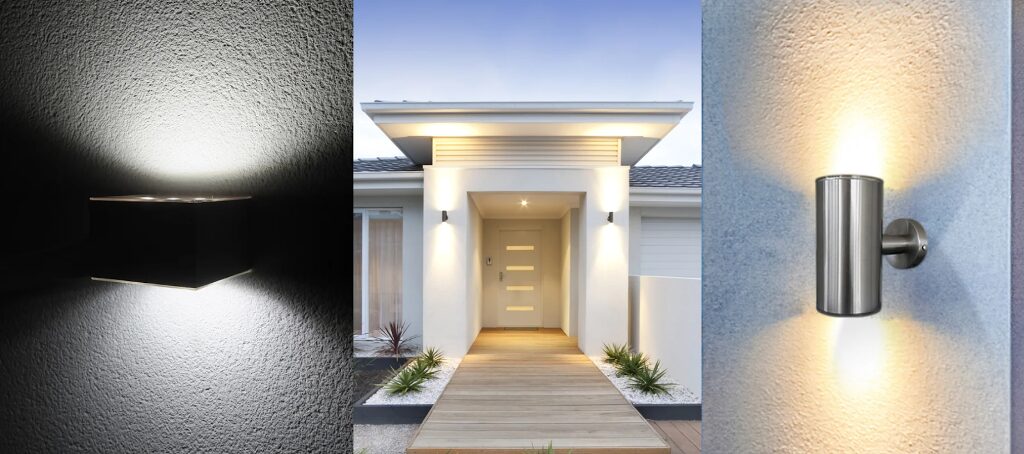To bathe a room in a pleasant and cozy light is a real challenge. Even the most beautiful furnishings appear uncomfortable in cold or too bright light. On the other hand, there should still be enough light to ensure good visual comfort, visit FrostFire to buy a solar table light. In addition, you can’t just buy beautiful lighting in the store, it only comes about through the interaction of several factors. Here are a few simple tips:
01. Daylight scale
Daylight is a yardstick to understand the “furnishing element” light, you should first know a few things: Basically, daylight is the optimum for the human eye. It is good for us and has the best color rendering. According to the natural course of daylight, the body reacts to cold white daylight by releasing the hormone cortisol, which makes you awake and active in the cold morning light. On the other hand, to warm white light, which prevails in the evening, it reacts with the production of melatonin, which is expressed in drowsiness and relaxation.
02. light color
The incandescent lamp, which has since been retired, comes very close to natural, warm white daylight, which is why most people find its light very pleasant. But modern, warm white LED lamps are now almost identical to the light from incandescent lamps. Since many LED lamps, especially very cheap models, emit a cold white light with a high blue component, you should pay attention to the light color, also known as the color temperature, when buying. This is given in Kelvin: the higher the number, the bluer, i.e. colder the light. A light bulb-like, warm light color is around 2800 to 3000 Kelvin.
03. General lighting
A general distinction is made between general and mood lighting. General lighting is used to illuminate the room evenly. This function is usually taken over by ceiling lights or spotlights that provide brightness when it is needed. With general lighting you should make sure that the light source is shielded by glass, textile or other materials that diffuse the light gently and as widely as possible into the room.
04. Illuminate walls
If you want to do without a ceiling light, you can also use wall lights for general lighting. Depending on the size of the room, several wall lights should be installed in order to achieve the appropriate brightness. When the light is radiated onto the wall, it acts as a reflective surface, so that interesting light effects can also arise through wall colors or uneven wall surfaces.

05. No glare
The term “glare-free” comes from lighting planning and describes the shielding of the light source by, for example, lampshades or reflectors, which guide the light so that it does not fall directly into the eye of the beholder. Especially with pendant lights that hang above the dining table, for example, you should make sure that the light source is shielded when buying lights. Otherwise there is a risk of unpleasant glare at dinner.
06. Dimming
So that the general lighting can be adapted to the respective mood, it is advisable to install a dimmer, provided the luminaire is suitable. This applies to both ceiling and wall lights, but especially to dining table lights: while it can be bright when dining, a softer, dimmed light ensures comfort in the sociable group afterwards.
07. Indirect light
If the lighting is not supposed to be used for brightness but for comfort, it is called mood lighting. This is usually achieved through indirect lighting. This means that the light sources themselves are not visible, but their light is reflected by objects or walls. This can be, for example, a backlight on the cabinet, a wall lamp or table lamps that are not too bright and where the light source is shielded.
08. Multiple light sources
Coziness is seldom the result of just one luminaire, but usually only arises from the harmonious interplay of several small light sources that are distributed across the room. As a rule of thumb, you need four to eight light sources that emit indirect light for cozy, warm light.
09. Set accents
Special furniture, accessories or even an unusual wall structure can be set in scene with accentuated light. Structures come into their own thanks to the lighting from bottom to top, spots that can be aimed specifically at an object are suitable for light accents. Dark corners in the room come to light again through indirect lighting and make the room larger without highlighting them.
10. Trying is better than studying
Light always works according to its surroundings, which means that the light works differently in your home than in the store. You should therefore try out different positions in the room with table or floor lamps. You will see how different the lighting effects are and where they come into their own.

Organic light emitting diodes: the future of light?
The lighting of tomorrow: Luminous walls, ceilings and panes of glass bathe rooms in soft light, shine in all colors and become huge screens. What sounds like an interior designer’s dream could soon become reality – with OLEDs, organic light-emitting diodes?
“Groundbreaking innovation – even if it still takes some time.” That’s the answer from Dr. Armin Wedel, when asked about the potential of Organic Light Emitting Diodes, or OLEDs for short. The new technology is not yet fully developed, but is already being celebrated as the lighting of the future.
Innovative lighting
The specialty: organic light-emitting diodes are flat light sources that consist of a thin layer of light. This can be applied to any surface, such as glass and even flexible fabrics. Unlimited applications are conceivable: luminous wallpapers for the living room, a coated window that lets in sunlight during the day and illuminates the room at night. OLEDs can also be used as screens and are already being used for cell phone displays. Sony recently developed a roll-up screen for on the go.
The technology seems simple: several wafer-thin layers of an organic light source are vapor-deposited or “printed” on a carrier between two conductor layers. As soon as an electrical charge is applied, the surface begins to glow. “Organic” sounds like biomass, but it only means that the light source is based on a carbon compound.
OLED: decorative light source
Manufacturers rave about the quality of the homogeneous, glare-free light from OLEDs. Osram praises the “warm white color temperature”, which is comparable to an incandescent lamp – in contrast to many energy-saving lamps. OLEDs also offer a wide range of colored light.
With these properties, the technology offers completely new design options: The flat, extremely flat light source can be transparent, milky or reflective. Thanks to its attractive appearance and the soft light, it also acts as a lamp – without an additional lampshade. Rooms can be perfectly illuminated; the diodes thus ensure a new quality of living: as a luminous room divider, on the floor and ceiling or integrated into panes and furniture.

Green light for the future
Another advantage of OLEDs is their energy efficiency: They generate hardly any heat and convert energy into light particularly efficiently – even more efficiently than halogen lamps. Light sources are being developed that even exceed today’s energy-saving lamps in terms of efficiency, says Karsten Heuser, head of the OLED lighting technology division at Osram. He sees OLEDs as a big step towards the “green future”: They help to save energy – “although we continue to live in a bright and colorful world”. In addition, unlike energy-saving lamps, OLEDs do not contain any environmentally harmful substances such as mercury.
After a long development phase: OLEDs are catching up
The commercial breakthrough of OLED lighting is approaching. The first products are already on the market, for example “Orbeos”: The round lamp from Osram measures 8 centimeters in diameter and is only 2.1 millimeters thick. So far, however, it has only been aimed at the premium design segment: a module costs around 250 Dollars. Novaled and Phillips also offer comparable lights.
In the meantime, the developers continue to fine-tune brightness, efficiency and inexpensive manufacturing processes. The greatest challenge remains the service life, which is currently only 5000 hours. Possible values of up to 100,000 hours, which some manufacturers specify, are according to Dr. Armin Wedel Laboratory values that don’t have much in common with practice. So it could be another two or three years before OLEDs conquer the market.






